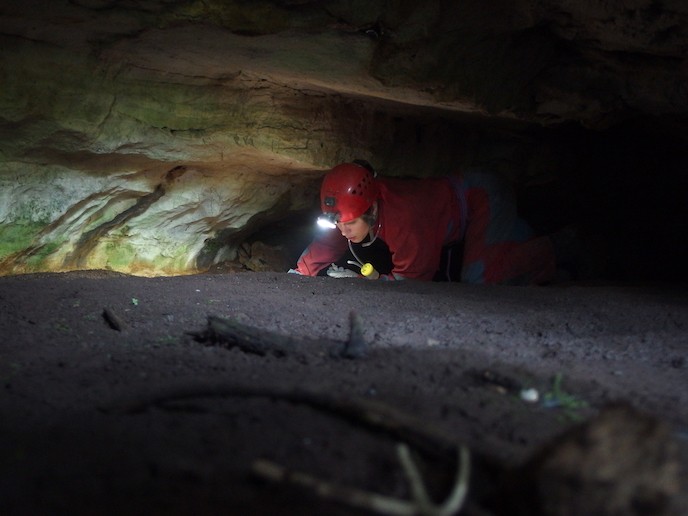The ancient roots of Dinarides’ cave-dwelling spiders
The caves in the Dinaric Alps, which run from Slovenia to northern Albania, are one of the richest spots in Europe for biodiversity. EU project HiddenLife discovered some of the spiders in them have ancestors dating back as far as 30 million years and has logged double the amount of spider species in the caves previously recorded, using a DNA bar-coding technique. “We now have a much clearer picture of the actual diversity and evolutionary history of the cave-dwelling spiders in the region,” says Martina Pavlek, the research fellow who carried out the investigation with support from the Marie Skłodowska-Curie programme. “The main lineages of cave-dwelling spiders seem to be much older than we expected, tracing back as far as the very early stage of the Dinaric Alps’ formation, a geological event about which little is known.” Supervised by Miquel Àngel Arnedo Lombarte, Professor of Zoology, at the University of Barcelona, Pavlek analysed spiders and other cave fauna collected by speleologists from caves across the Dinarides. It was a challenging task since, while parts of the Dinarides, like Slovenia and much of Croatia, are well explored, Montenegro, Bosnia and Herzegovina are not. In some cases, that is because there are few active speleologists in those countries, and in Bosnia and Herzegovina leftover landmines still make access to parts of the Dinarides impossible. But Pavlek managed to collect understudied species and to survey understudied areas. She used state-of-the-art molecular and statistical tools to investigate three independent lineages of cave spiders, discovering previously overlooked species and confirming others already advanced by morphological studies.
Rising temperatures
She had already known the Dinarides was a hotspot for cave biodiversity, but the number of species she discovered was a real surprise. “This result may suggest other invertebrate groups living in the region might also be much more diverse than currently recognised,” says Pavlek. Creating an inventory of fauna present today is crucial to protecting it in the future. HiddenLife’s preliminary results showed past climatic changes had a major impact on previous biogeographic patterns of cave fauna. Pavlek worked with researchers Marco Isaia and Stefano Mammola, from the University of Torino, Italy, to project the effect global warming could have on spiders in 50 to 70 years’ time. Since some species can only survive in narrow temperature ranges, such as in caves between 10 and 12 degrees, global warming threatens them with extinction. “Spiders are a fundamental component of the ecosystems,” says Pavlek. “Without them, agriculture would be impossible because insects would eat our crops. In caves, where the number and abundance of species is low, the extinction of spiders would have a profound impact on the whole food web.” Back home, as a member of the Croatian Biospeleological Society, which researches and conserves caves, Pavlek is continuing her quest to find out why the Dinarides are so diverse by collecting more samples: “I need to compare the biodiversity patterns of different groups sharing the same habitats but showing different natural histories to identify the processes and factors underlying this remarkable diversity.”
Keywords
HiddenLife, spiders, lineage, Dinaric Alps, global warming, biodiversity, speleologists

